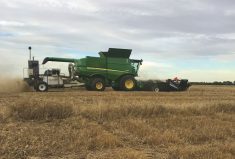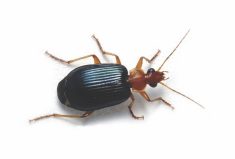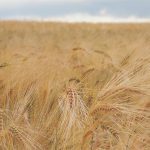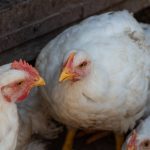As a yield-limiting weed, kochia has a lot going for it. A single plant can spread tens of thousands of seeds over a wide area after it dries out and starts travelling like a tumbleweed. All kochia across the Prairies is considered resistant to ALS inhibitors (Group 2), but kochia can also be resistant to glyphosate (Group 9) and dicamba or fluroxypyr (Group 4).
In lentils, this can be a serious issue, as there are no post-emergent options for control, but it’s an issue for all crops. In a recent literature review, Agriculture and Agri-Food Canada research scientist Charles Geddes noted mean yield losses in grain corn of 68 per cent across the Great Plains region. One study found up to 95 per cent yield loss. In soybeans, yield losses in Alberta reached 60 per cent.
But he says kochia isn’t invincible: it has an important weakness.
Read Also

Sensing the soil: Root cell research finds ‘stress hormone’
Research into how root cells react to soil stressors could help plants better adapt to changes in their climate.
“We already know from previous research that kochia seed viability is pretty short-lived — about 99 per cent of the seeds don’t persist beyond one to two years. What that means is that the kochia seed bank is quite dynamic. With effective management, the population in the seed bank almost collapses.”
Less density, fewer weeds
The studies showed certain factors in common behind significant yield loss. In general terms, says Geddes, the greater the kochia densities, the greater the yield loss the following year. Reducing the density in a given year will reduce next year’s problem.
Geddes heads a suite of studies looking at integrated approaches to kochia management. One experiment at Lethbridge, Alta., looks at including a diversity of crops as well as a diversity of crop life cycles in the rotation. Each rotation includes either spring wheat, canola and/or lentil, or winter wheat, canola and/or lentil. Including winter wheat in the rotation reduced kochia densities by 75 per cent in 2021.
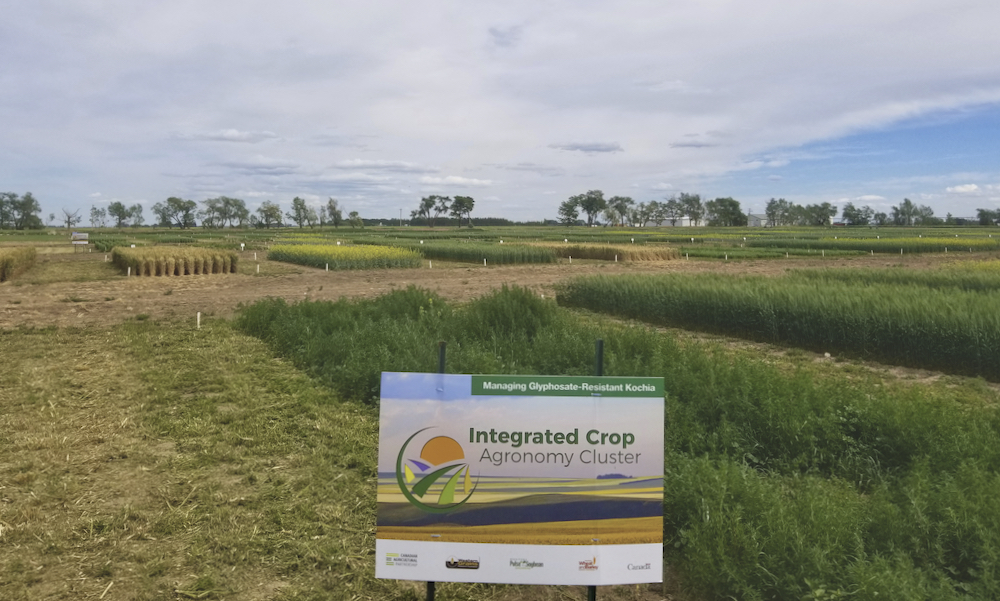
Kochia emerges early in the growing season, but needs more growing degree days than many summer annuals to set seed, Geddes explains. “In general, most of the crops end up being summer annuals in rotation, and a rotation that is entirely summer annuals will end up selecting for weed communities that match that life cycle.”
Throw winter wheat into the mix, and the cycle is interrupted. Because it’s established in the fall, winter wheat has a fighting chance against kochia when it emerges early in the spring, and the crop is harvested before it can set seed.
“We’re trying to get complete management of kochia in one to two seasons,” Geddes says.
He emphasizes that herbicides are an important part of kochia management: the goal is to preserve the modes of action that still work. It’s important to note that after winter wheat harvest, kochia can still regrow and set seed before frost, so it’s important to apply a post-emergence herbicide to limit regrowth.
The alfalfa option
In severely infested fields, or in badly affected areas such as saline patches within fields, another option is seeding alfalfa. Geddes’s study also looked at seeding perennial forages and harvesting twice a year. This was by far the most effective and consistent treatment for kochia density over time.
But it isn’t perfect. Geddes notes two obstacles to this technique: alfalfa can be slow to establish, meaning that in the first year kochia will be extremely competitive. It also requires equipment for cutting hay.
The former is the reason most farmers cite for avoiding the approach. It can be daunting to seed a field of alfalfa only to observe a sea of kochia plants apparently taking over. But harvesting those plants before they set seed means the following year will look quite different, and kochia can be used as feed.
Geddes is looking at kochia management strategies in canola and wheat and hopes to focus more on lentil in the future. For now, he says producers should focus on reducing the seed bank.
“The goal is to limit kochia seed production wherever you possibly can. Earlier harvest dates contribute to that quite a bit, and using other cultural tools like higher seeding rates and narrow seed rows.”
Other tips can be found in a new kochia fact sheet at manageresistancenow.ca. The guide includes crop-specific considerations.








